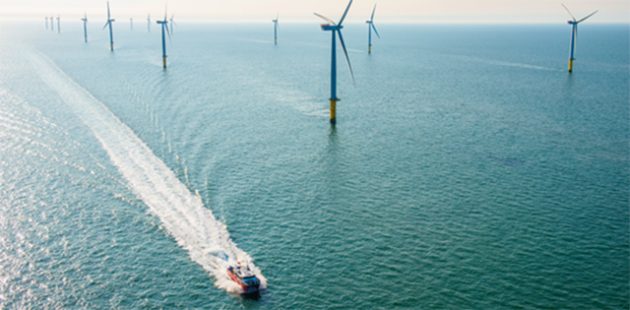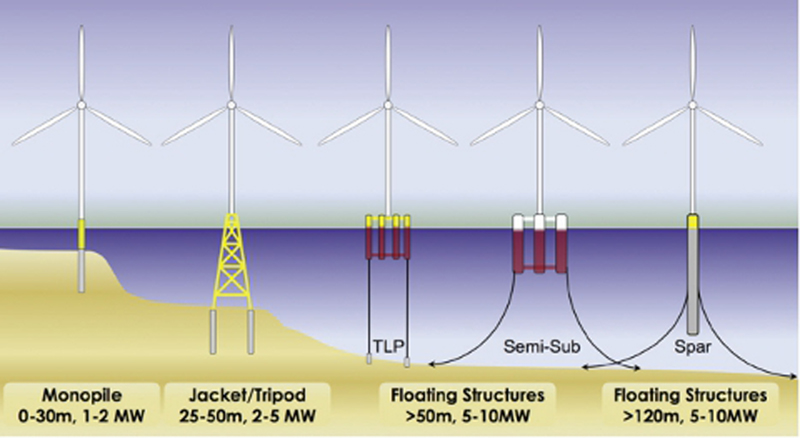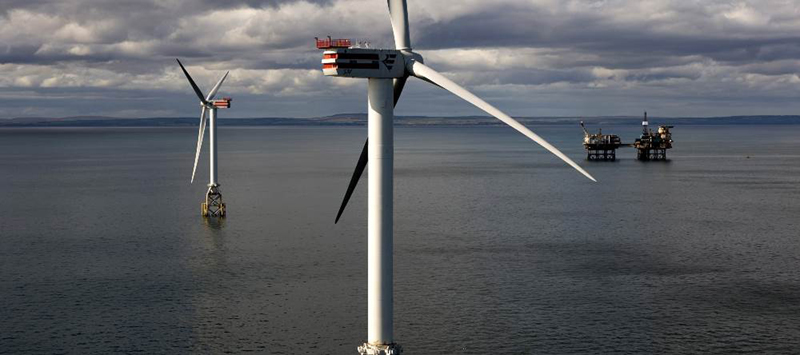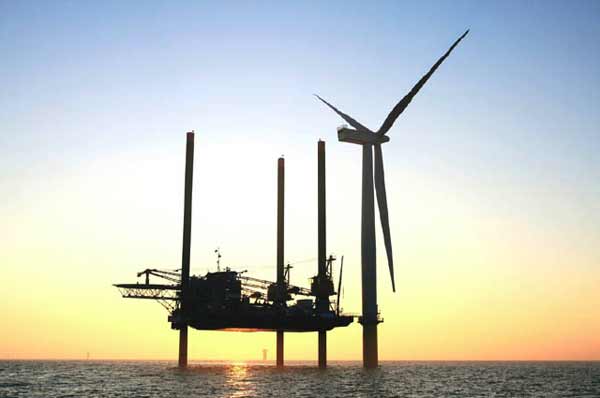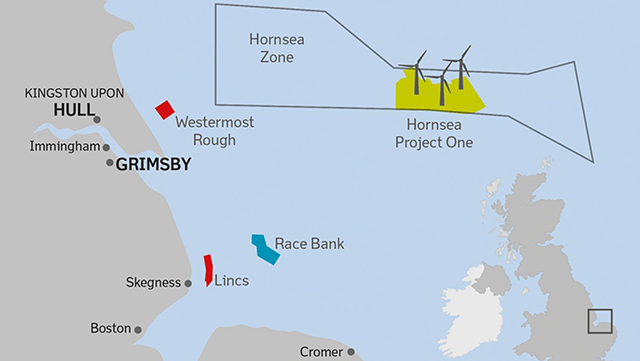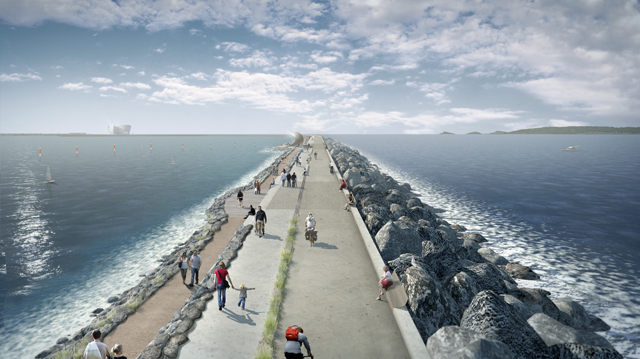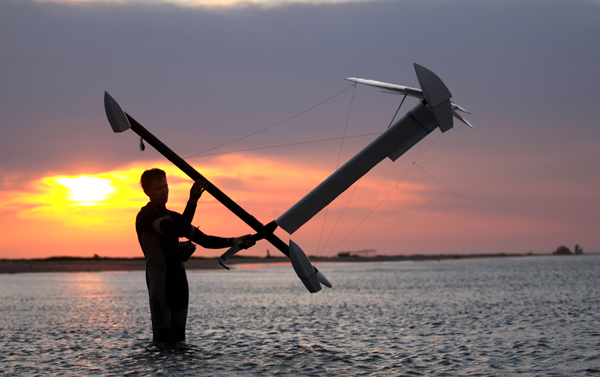A new study into the UK’s offshore wind resource has revealed that variability in wind speeds is significantly lower than previously understood.
The report, undertaken by DNV GL on behalf of The Crown Estate, paves the way for improved project projections which can help bring down the cost of energy.
Historical studies of the inter-annual variability (IAV) of wind speed have focused on measurements from onshore meteorological stations. These studies have created an industry standard estimate of wind speed IAV at 6%, which has been widely adopted across many global markets since the early 90’s.
‘Study on UK Offshore Wind Variability’ has now revealed an IAV range of 4-5.5% to be more appropriate across the UK offshore environment.
The Crown Estate’s Matthew Clear said: ‘This report reveals a significant improvement in our understanding of the UK’s offshore wind resource. We hope that industry will begin to reflect this reduced variability into their assessments to help create a more attractive financing proposition for investors and support continued cost reduction over the long term.’
The revised figure was established through creating new regional wind speed indices for areas of UK offshore waters where wind farm development is taking place. These indices were then used to derive more accurate estimates that were validated against sources of offshore measured data.
Marie-Anne Cowan, DNV GL’s project development team, said: ‘DNV GL were delighted to work with The Crown Estate and undertake a study into UK offshore wind climate variability, with the intent to reduce the LCoE (levelized cost of energy) for future offshore wind projects.
‘The Crown Estate’s unparalleled access to wind data within UK offshore waters, coupled with DNV GL’s extensive experience of performing wind resource assessments for UK offshore projects, allowed a unique opportunity to perform a validation of the results presented in the study.
‘This is a topic closely aligned with DNV GL’s previous offshore wind work, which includes our Offshore Wind Cost Reduction Manifesto, and we look forward to working together with industry to achieve reduced LCoE for future offshore wind projects.’
The findings have also been presented to the International Electrotechnical Committee (IEC) 61400-15 working group and the UK Wind Resource Group who have both expressed support for the work undertaken.
A spokesperson on behalf of the International Electrotechnical Commission (IEC), the world’s leading organisation for the preparation and publication of International Standards for all electrical, electronic and related technologies, said: ‘Whilst the study focused on IAV for UK offshore wind, the methods used could have a positive impact on financing for the wider global wind energy sector. For this reason, the wind resource experts meeting as part of the International Electrotechnical Commission (IEC) 61400-15 working group were consulted to peer review the work and consider the implications for industry practice and standards.’
Potential game changer for the wind energy market
A £5million boost for Britain’s Kite Power Systems' kite power technology, which has the potential to transform the global offshore…
Concern about floating wind turbines
RYA fears that the new offshore wind energy plans will impact boaters
Offshore wind to meet 10% of UK electricity demand by 2020
The Crown Estate says offshore wind energy is on course to double its capacity by 2020
Offshore wind farms given government boost
More state subsidies than previously planned
Navitus Bay Wind Park refused development consent
The Department for Energy and Climate Change has announced its decision to refuse development consent for the proposed Navitus Bay…
£3million investment in wave energy projects
"This funding could result in longer lasting wave converters that are better able to harness the power of the sea…
Plans submitted for Isle of Wight tidal energy centre
Plans have been submitted for the world’s first tidal energy demonstration site, proposed for waters off the Isle of Wight.…
Investment confirmed for world’s largest offshore wind farm
Hornsea Project One wind farm will span an area of approximately 407 square kilometres off the Yorkshire coast with up…
Swansea Bay tidal lagoon backed by government review
Charles Hendry urges ministers to approve plans, which could provide UK with reliable and clean electricity
World’s fastest sailor shares ambitions for yacht design
Paul Larsen hopes to use his speed sailing expertise to improve 'practical' yacht design




